The Journey of 3D Animation From Pixelated Beginnings to Virtual Realities
2 May 2025
Introduction
3D animation has transformed from humble, pixelated beginnings into immersive, lifelike experiences that power today’s movies, games, and virtual worlds. What began as a rudimentary display of computer graphics in the 1960s has now evolved into a billion-dollar industry influencing entertainment, education, medicine, and the metaverse. This journey is marked by technological breakthroughs, creative revolutions, and the relentless pursuit of realism. Let’s explore how 3D animation evolved into the captivating medium we know today.
The Birth of Computer Graphics
In the 1960s, computer scientists began experimenting with vector graphics and wireframe models. These early experiments were far from cinematic quality but laid the foundation for future breakthroughs. One of the earliest instances of 3D animation was a simple rotating cube created by Ivan Sutherland and his team. Though primitive, these visuals sparked the imagination of researchers and artists alike.
From Vectors to Polygons: The 1970s Shift
The 1970s saw the introduction of polygonal modeling, a major milestone in computer animation. Films like Futureworld (1976) showcased early 3D-rendered graphics, using polygons to create human faces and hands. These experiments marked the start of 3D’s crossover into mainstream media, proving computers could generate synthetic worlds that amazed audiences.
Pixar and the Rise of CGI
The 1980s and 1990s were dominated by Pixar and its groundbreaking work in computer-generated imagery (CGI). Short films like Luxo Jr. and Tin Toy amazed the world by giving life and personality to virtual characters. This era culminated in Toy Story (1995), the first full-length feature film made entirely with 3D animation, changing the course of cinema forever.
Video Games Join the Revolution
While Hollywood advanced CGI, the video game industry was pushing its own 3D frontiers. Early 3D games like Wolfenstein 3D and Doom introduced immersive environments, followed by Super Mario 64, which brought free-form 3D movement to the masses. The gaming world’s demand for real-time rendering pushed GPU development and animation efficiency.
Motion Capture and Realism
The 2000s introduced motion capture (mo-cap), allowing animators to record live human movements and apply them to 3D models. This technique brought new levels of realism, seen in films like The Lord of the Rings (Gollum) and Avatar. Mo-cap revolutionized performance animation, blurring the line between digital and live-action storytelling.
Software Evolution: Maya, Blender & Beyond
The tools of the trade evolved alongside the animation itself. Autodesk Maya, 3ds Max, Blender, and Cinema 4D became industry staples, offering animators unmatched control over modeling, texturing, and rigging. Open-source options like Blender democratized animation, allowing indie creators to compete with big studios on a global stage.
3D in Everyday Life: Advertising, Medicine & Education
3D animation expanded beyond entertainment. In advertising, products are brought to life with sleek, animated visuals. In medicine, 3D simulations help doctors visualize organs and procedures. In education, animated models simplify complex scientific concepts. The power of visual storytelling found application in nearly every field.
The Rise of Real-Time Rendering
Real-time rendering, popularized by game engines like Unreal Engine and Unity, enabled immediate feedback on animated scenes. This was a game-changer for interactive media, virtual production, and live events. Technologies like ray tracing further enhanced lighting and reflections, making real-time scenes nearly indistinguishable from pre-rendered ones.
Virtual Reality and the New Frontier
Virtual Reality (VR) and Augmented Reality (AR) brought 3D animation into immersive realms. In VR, users don't just watch animation—they live inside it. Animated characters can now respond to users’ actions in real time, creating personalized experiences. This evolution has enormous implications for storytelling, education, and simulation training.
The Future: AI and Procedural Animation
Looking ahead, artificial intelligence is beginning to influence how animation is created. AI-driven tools can now auto-generate movements, facial expressions, and even entire scenes. Procedural animation, powered by code and algorithms, allows for infinite variations. As technology advances, the barrier between creator and creation continues to shrink.
Conclusion
The story of 3D animation is one of constant evolution. What began as simple wireframes has blossomed into breathtaking virtual worlds. From cinema screens to VR headsets, 3D animation is shaping how we tell stories, play games, and interact with technology. As we step into the era of AI, real-time worlds, and metaverses, the journey is far from over—it’s only just beginning.
Please send your query or requirements in detail via whatsapp, and we will respond shortly.
Thank you!


